Fall 2022
Fall is a Great Time to Plant
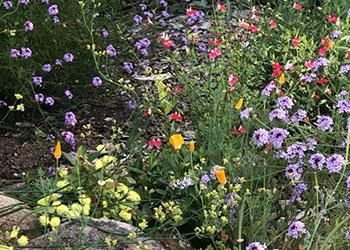
Many Contra Costa County residents want home gardens that save water, nurture local birds and insects, and provide year-round beauty. UC Master Gardeners supports local sustainable gardening practices through public education programs, demonstration gardens and online resources, and encourages all gardeners to choose healthy plants appropriate to our gardens’ soils, water, and climate conditions.
Here in California, fall is the ideal time for gardeners to buy and plant landscape trees, plants, and sow wildflower seeds before the winter rains arrive. Unlike the rest of the US and most other countries, California is part of only 2% of the earth that has a Mediterranean winter-wet and summer-dry climate. In this unique climate zone, planting trees and plants in the fall gives them time to become established and grow the healthy roots they need to survive our hot dry summers.
California’s native plants and many other drought tolerant plants have evolved to flourish in our climate by developing modifications to conserve moisture and survive summer heat. Some drought-tolerant natives and non-natives actually go dormant during our dry summer and flower only in the early spring and fall. A few California natives even drop their leaves and can appear ‘dead’ in the summer.
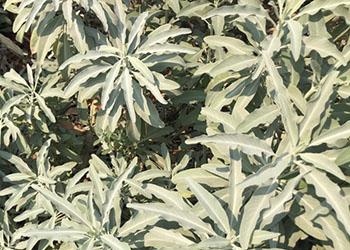
When choosing California native and non-native drought tolerant plants for your home garden, it is important to select plants suited to your local soil and climate conditions. Just because a plant is native to California does not mean it will grow well in our Contra Costa County gardens. For example, natives that do well near the SF Bay may not be suited for the hot inland valley, likewise plants that happily thrive in the sandier soils near the Delta may not survive in heavy clay soils.
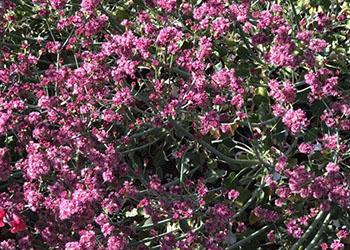
Fortunately, there are many resources available to help home gardeners learn about and select appropriate native and non-native plants:
- https://arboretum.ucdavis.edu/plant-database UC Davis Arboretum All-Stars Database lists plants and their characteristics which have been tested and shown to perform well in our area.
- http://ucanr/edu/sites/bcmg Climate Appropriate Plants for the Northern California Landscape is a more comprehensive list of plants compiled by the UC Master Gardeners of Butte County.
- For gardeners who want to attract pollinators, especially bees, to their gardens there are several good websites hosted by UC Agriculture and Natural Resources: https://ucanr.edu/blogs/mbmg/blogfiles/38944 http://ucanr.edu/blogs/TheBeeGardener Hhbhgarden.ucdavis.edu
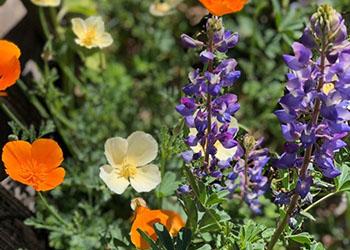 CA Poppy with Lupine, courtesy L Ochoa
CA Poppy with Lupine, courtesy L Ochoa - And finally, for those gardeners who want to learn more about native plants and how to select and care for them, Calscape.org is an easy tool for finding plants appropriate for your area. Calscape - Restore Nature One Garden at a TimeCalscape - Restore Nature One Garden at a Time
Simply type in an address or zip code for lists of plants arranged in categories such as sun, shade, trees, annuals, birds, butterflies, etc. Each plant is profiled with photos, size, gardening requirements and benefits, and vendors for purchasing.
If you’ve dreamed of adding beautiful native and non-native drought tolerant plants to your garden, now is an excellent time to select and plant new trees, annuals, perennials, and sow wildflower seeds before the winter rains arrive. More information and articles are available on our website
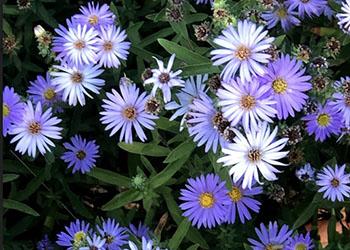
By choosing plants appropriate to your garden’s soil and temperature patterns, you can watch the rains trigger winter growth and spring blooms in your sustainable garden of native and Mediterranean drought-tolerant plants in 2022!
Article by Laurinda Ochoa, UC Master Gardeners of Contra Costa County
Photo credits: L.Ochoa

